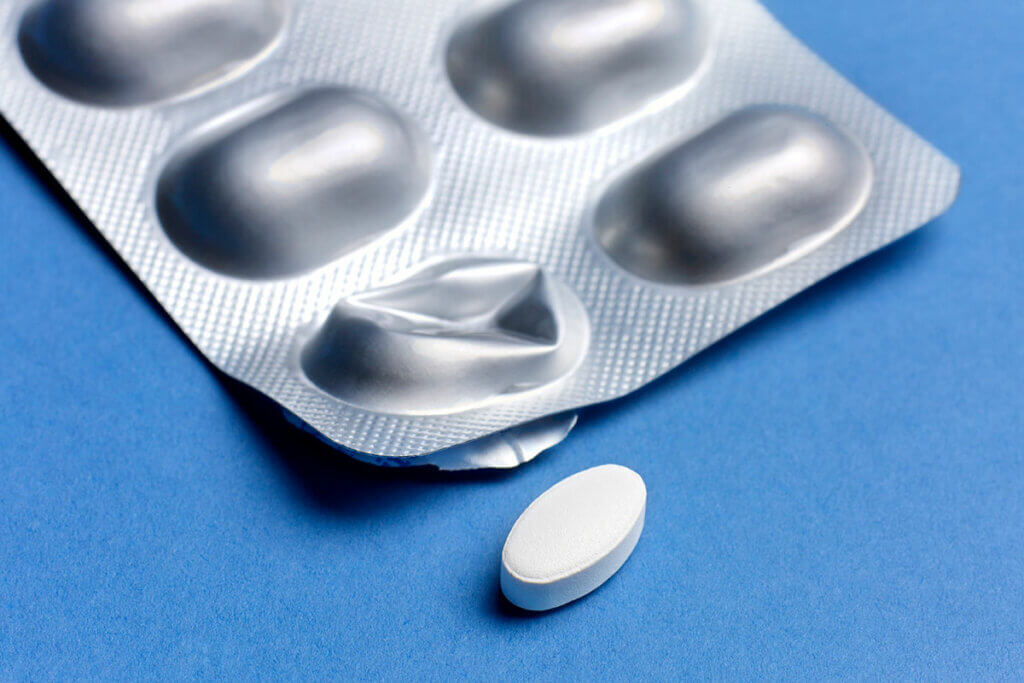How to protect yourself from antibiotic resistance
New research points to antibiotic resistance as a leading health concern that could leave you vulnerable to serious infections. Learn the best ways to lower your risk to protect yourself from antibiotic resistance.

Many of us don’t think much about filling a prescription for an antibiotic to fight off an infection such as strep throat. But we’re lucky to have these powerful medications. They’ve made operations safer. They shorten the length of illnesses. And they’ve cut the number of deaths from bacterial infections. Deaths from bacterial meningitis alone have dropped from nearly 100% to between just 10% and 30% because of antibiotics.
There’s a downside, though, to our increased use of antibiotics: a surge in antibiotic-resistant germs. In fact, a new study suggests that antibiotic resistance is the leading cause of global deaths. The study found that nearly 5 million deaths in 2019 were connected to cases in which antibiotics no longer worked to treat a bacterial infection.
So what is antibiotic resistance? And how can we lower our risk? Keep reading to find out and learn some lifesaving strategies.
The basics of antibiotic resistance
Antibiotic resistance happens when bacteria evolve to survive the medications we use to kill them. Those that survive can learn how to evade that antibiotic in the future, says David Hyun, M.D. Dr. Hyun is project director for the Pew Charitable Trusts’ Antibiotic Resistance Project. The bacteria can even share what they learn with other germs. In other words, they can teach more bacteria how to be antibiotic-resistant.
The growing number of antibiotic-resistant germs is a major problem: It’s making it harder to treat bacterial infections. (Think: pneumonia, blood poisoning, and gonorrhea.) When an antibiotic stops working, doctors sometimes must turn to a stronger one. Or they have to use another treatment that can have serious side effects. Both can have unwanted consequences such as:
- Longer illnesses.
- Longer hospital stays.
- More expensive treatments.
And there’s a risk that many infections could become completely untreatable. Every year, more than 2.8 million antibiotic-resistant infections happen in the U.S., reports the Centers for Disease Control and Prevention. And they kill more than 35,000 Americans.
Antibiotic resistance can happen to anyone. But it’s especially worrisome for people with weakened immune systems. It’s also a problem for people going through a medical treatment because they’re at higher risk for infection. That’s why there’s a need to keep coming up with new antibiotics or new combinations of them to fight these germs.
“There’s a lot more need to strengthen and invigorate antibiotics,” says Dr. Hyun. “It’s been over 2 decades since we’ve had a completely new type of antibiotic.”
Causes of antibiotic resistance
There’s no single cause of antibiotic resistance. Sometimes it happens naturally over time. Slowly but surely, more and more bacteria learn how to outsmart the medication.
Overuse and misuse are also causes. Some research suggests that courses of antibiotics are too long, says Mayar Al Mohajer, M.D. Dr. Al Mohajer is chief of infectious disease at Baylor St. Luke’s Medical Center in Houston. And in the U.S., about 47 million antibiotic prescriptions are written every year for infections that either can’t be treated with antibiotics — viruses such as colds and flus — or those that would get better on their own.
“Antibiotics are probably not needed most of the time for upper respiratory infections,” says Dr. Al Mohajer.
One more reason? The wrong antibiotic is prescribed. Some antibiotics are broad-spectrum, meaning they can treat many types of bacteria. Others are more targeted, such as penicillin. It works really well to target the bacteria that cause strep throat. If you take a broad-spectrum antibiotic for strep throat when a targeted one such as penicillin would work, it creates a chance for more types of bacteria to become resistant to the medication.
This is common, says Dr. Hyun, because many people believe they have a penicillin allergy. In reality, as many as 95% of people who think they’re allergic to penicillin may actually not have a true allergy. Or they’ve outgrown the allergy.
Many health plans offer medication management programs for their members at no extra cost. To learn how to get the most out of your health benefits, ask your health plan if you’re eligible for Wellframe.
How to protect against antibiotic resistance
None of this means you shouldn’t take an antibiotic when it’s necessary. An antibiotic can truly be a lifesaver. But you can take steps to help reduce antibiotic resistance. On the list:
1. Keep an open mind.
Some patients connect being sick with taking an antibiotic. They may also credit an antibiotic for helping them get better, when in fact it was simply time and the immune system at work, Dr. Hyun says.
Rather than ask for an antibiotic, talk to your doctor about other ways to treat your symptoms or illness. “We should work on changing the mentality that if someone is sick, they should get antibiotics,” Dr. Al Mohajer says. “That doesn’t mean they don’t need medication. But they might need something other than antibiotics.”
2. Finish your antibiotics.
Don’t stop taking your antibiotics before they’re gone without talking to your doctor. Even if you’re feeling better, some bacteria might still be alive and could change in dangerous ways.
3. Never save leftover antibiotics to use later.
Over time, antibiotics can lose their strength and ability to fight off an infection. Plus, not all antibiotics work the same way or can treat the same infections. If your doctor says it’s okay to not finish your prescription, bring the extras to a drug takeback site. Many pharmacists will take unused medications.
4. Stay on top of your vaccinations.
Keeping up to date on vaccinations is key — especially those that fight bacterial infections such as whooping cough and pneumonia. You’ll be less likely to get sick and need antibiotics. Not sure if you’re overdue? If you have the Wellframe digital health management app through your health plan, send a text message to your care advocate to find out. They can check your records and also help you schedule a visit.
5. Avoid spreading germs.
your hands often with soap and warm water. And stay home when you’re ill. It can help you and those around you stay healthy.
6. Be careful with food prep.
It can help lower your odds of getting foodborne bacterial infections. Wash your hands before preparing any food. Wash them again after handling any uncooked meat or eggs. And be sure to cook food to the recommended temperatures.
The bottom line
Antibiotics have been a major boon for the health and safety of people around the world. Not all antibiotic resistance can be prevented. But it’s important to do what we can to reduce the use of these powerful medications so that they’ll be there when we really need them.
